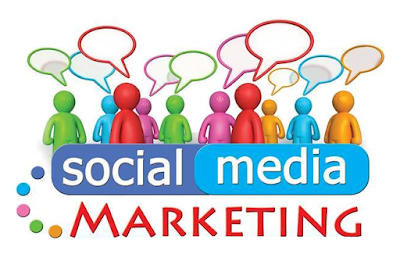USING AI TO PREDICT CONSUMER BEHAVIOUR
Defining
AI and Machine Learning for Enterprise CX
The market is seeing a significant emphasis on the
need for predictive solutions, ranging from machine learning capabilities to
artificial intelligence (AI). And while many companies claim to offer these
exciting new technologies, rarely do they deliver on the promise.
True prediction requires more than a click of the
mouse. We want to think technology has advanced to this stage, but the reality
is we need more than one methodology to truly predict human behavior. To more
accurately reflect the capabilities of predictive software, we must define and
outline what AI and machine learning mean for the CX industry’s current state
of technology.
AI/Predictive
Definition
AI for the CX practitioner is defined as deep
insight generation curated from advanced analytics and machine learning
technology that identifies patterns in human behavior which can be drilled-down
to the individual customer, ultimately determining future actions of key market
segments. This is accomplished through the combination of both human and
technological elements, as AI is an evolving capability needing both forms of
intelligence to determine future actions that impact business outcomes.
Levels
of Prediction
Since AI and prediction span an array of
capabilities from self-driving cars to determining customers’ future decisions,
it is important to set a precedence as to what you can expect from CX vendors:
Using
Emotions and Intent Analysis: CX practitioners
cannot compete in today’s landscape without a robust solution for mining
unstructured feedback and then defining the deep insight from that feedback; a
solution that can identify the emotion behind experience and the intent behind
the comment. The intent is the precursor to future action and should trigger
action from your organization.
Analyzing
Audience Segment Patterns: Practitioners need a solution
that aggregates all the structured and unstructured feedback and identifies
patterns in customer behavior. This identifies trends within your organization
that impact certain business outcomes.
Identifying
Future Actions via Predictive Modeling: The ultimate goal for
an organization is to use a predictive model that identifies key attributes in
historical CX data that is impacting business outcomes, so you can determine
points in the customer journey that are likely to cause a future action. This
allows a company to predict if a certain experience occurs, the customer will
act in a certain manner.



Comments
Post a Comment